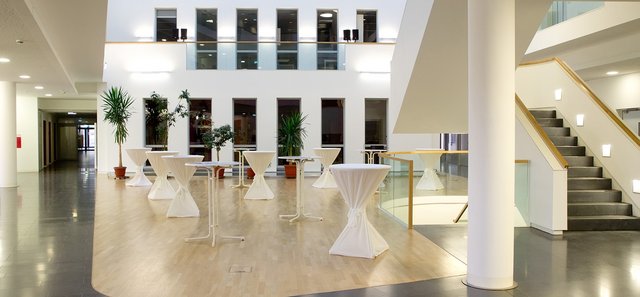Title: From Computation to Large-scale Neural Circuitry in Belief Updating
Venue: Ebbinghaus Room, Leibniz-Institute for Neurobiology (LIN)
*****Please note, this talk is in person only*****
ABSTRACT
Many decisions under uncertainty entail dynamic belief updating: multiple pieces of evidence informing about the state of the environment are accumulated across time to infer the environmental state, and choose a corresponding action. Traditionally, this process has been conceptualized as a linear and perfect (i.e., without loss) integration of sensory information along purely feedforward sensory-motor pathways. Yet, natural environments can undergo hidden changes in their state, which requires a non-linear accumulation of decision evidence that strikes a tradeoff between stability and flexibility in response to change. How this adaptive computation is implemented in the brain has remained unknown. In this talk, I will present an approach that my laboratory has developed to identify evidence accumulation signatures in human behavior and neural population activity (measured with magnetoencephalography, MEG), across a large number of cortical areas. Applying this approach to data recorded during visual evidence accumulation tasks with change-points, we find that behavior and neural activity in frontal and parietal regions involved in motor planning exhibit hallmarks signatures of adaptive evidence accumulation. The same signatures of adaptive behavior and neural activity emerge naturally from simulations of a biophysically detailed model of a recunent cortical microcircuit. The MEG data further show that decision dynamics in parietal and frontal cortex are mirrored by a selective modulation of the state of early visual cortex. This state modulation is (i) specifically expressed in the alpha frequency-band, (ii) consistent with feedback of evolving belief states from frontal cortex, (iii) dependent on the environmental volatility, and (iv) amplified by pupil-linked arousal responses during evidence accumulation. Our findings link normative decision computations to recurrent cortical circuit dynamics and highlight the adaptive nature of decision-related feedback processing in the brain.

